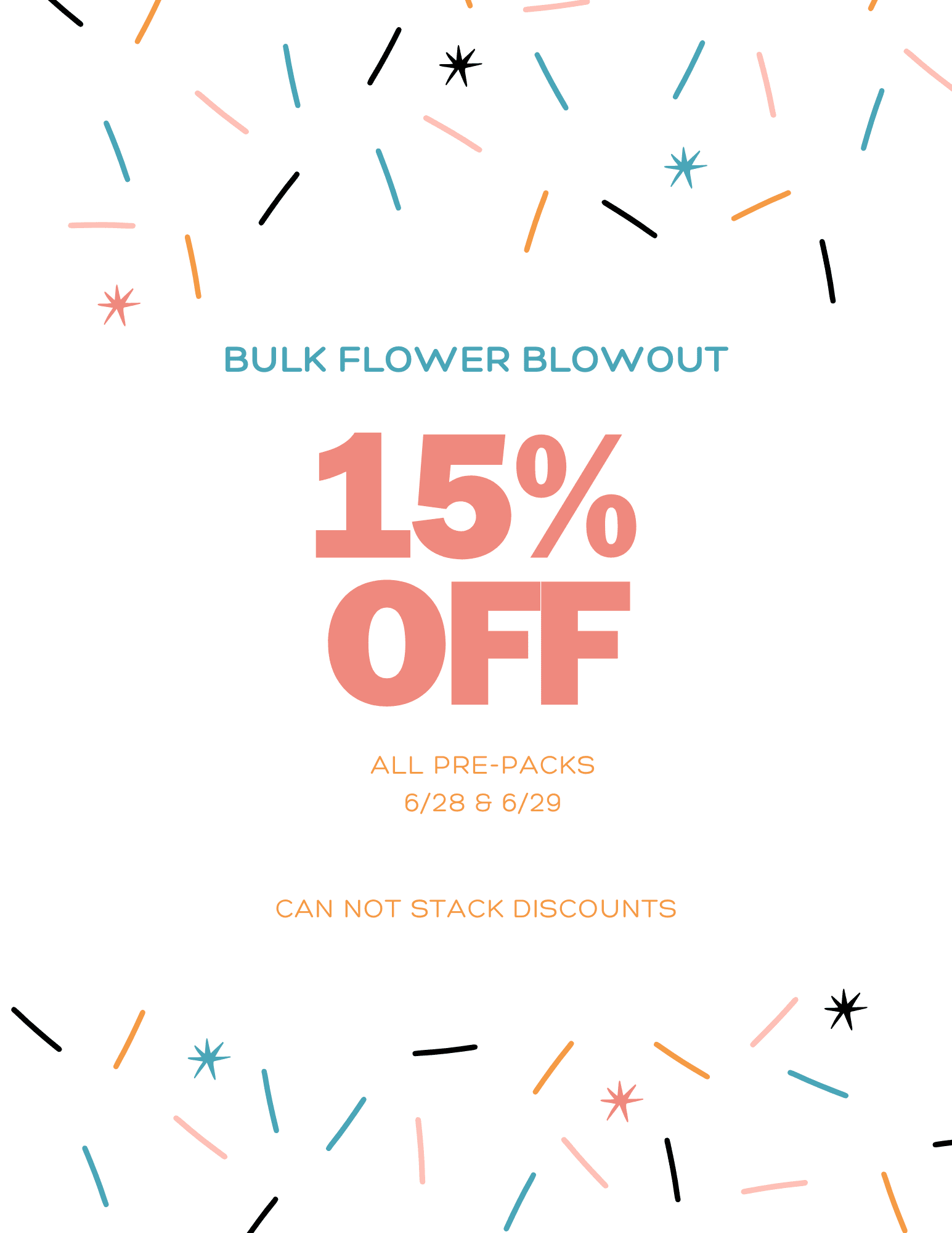Cannabis Science
Better Living through Biochemistry: The Molecules Cannabis Plants Make to Stay Vital
Cannabis cultivation is an art and a science. New scientific knowledge from botany, physiology, biochemistry, and genetics can help create unique, high-quality chemovars — strains classified by their metabolite content.
All plants have two types of metabolites: primary and secondary. Primary metabolites are similar in all plants, and are the basic building blocks for growth and development. Primary metabolites are carbohydrates, protein, fat, and fiber, and have been included in the human diet throughout history.
Secondary metabolites, the molecules that protect the plant and help it adapt to the environment, are what make each plant species unique.
A plant “sits” in the same place from germination to seed production. While an animal can escape a predator or migrate in response to environmental changes, a plant is literally rooted to its spot and must rely on secondary metabolites for defense against drought, cold, heat, salinity, and heavy metals, as well as predatory insects, bacteria, fungi, and parasites. Some secondary metabolites also evolve as scent and color molecules that attract pollinators.
There are more than 100,000 known, unique secondary metabolites produced by plants. Over time, humans have learned to use secondary metabolites for pharmaceuticals, food colorings, and even perfume, often without knowing why these molecules are important for the plant.
The cannabis plant itself is unique in its extremely broad geographical and environmental range. It can live almost anywhere, from its earliest ancestors somewhere in central Asia, cannabis populations have established themselves on every continent except Antarctica, from sea level to elevations as high as 10,000 feet.
The cannabis plant has adapted to the challenges of living in these diverse environments, in part, by generating an extraordinarily large repertoire of secondary metabolites to defend against pathogens, herbivores, and UV radiation, and attract a wide variety of seed dispersers.
At last count, there were more than 600 secondary metabolites found in cannabis. While cannabis has long been a source of fiber, oil, poison, and medicine — with medicinal uses documented in Egypt as early as 2350 BC — today’s scientists only know how a few of its secondary metabolites function in the plant.
Table: Functional role of secondary metabolites in Cannabis.

One way to figure out the natural role of a secondary metabolite is to note where it is concentrated in the plant. For example, presence in the flower can indicate a role in photoprotection, or ultraviolet (UV) radiation protection and antioxidant activity, and attraction of pollinators, while presence in the leaf may protect against pests and provide photoprotection.
THC concentrations gradually increase from stem to leaf to flower. There is 200 times more THC in the flower than the stem, with no THC found in the roots, suggesting that THC does not have a root-protection role. CBD is found in the leaf and flower, with none in the stem and a small amount in the roots, where its presence suggests that it plays a role in defending the roots against pests.
Sometimes, secondary metabolites will develop together to create a new, synergistic effect. For example, terpenes and cannabinoids together can generate a viscous mixture with insecticidal properties that trap and kill predatory insects.
The more we understand how secondary metabolites function to the benefit of a plant, the more we can control their production by creating conditions that trigger the onset of desired molecules and create unique combinations. The lack of federal funding for basic research in cannabis has limited the development of this knowledge, compared with other crops.
It’s nice to picture cannabis growing outdoors, subjected to a variety of pests, temperature, soil quality, moisture and light conditions, and other challenges. In these conditions, the plant divides its energy to defend itself and produces a wider array of secondary metabolites than it would under stable indoor conditions. Under indoor conditions with intense light, the plant will divert its energy to produce high levels of a limited number of molecules, mainly THC as photoprotection.
As plant scientists secure funding for basic research needed to fully explore the functions of secondary metabolites in cannabis, breeders and growers will be able to create strains with novel therapeutic value and increase their yield of desired compounds exponentially.
Read more from the source: Marijuana.com



